Enochrome wrote: Thu Sep 11, 2025 1:09 pm
I had read before that some funds might be propriety to Chase and might not be transferrable in kind. So they would have to be cashed out and taxed as capital gains?
Yes, if you can’t transfer it in-kind, then you have to sell-to-cash at Chase and pay capital gains (if any, could be small or even a loss for the bond funds/ETFs). Cash is always transferrable or if the new brokerage is going to be Fidelity, then you could just put the cash into Fidelity 500 Index at Chase, wait until that trade settles, then move all the residual holdings to Fidelity via ACATS (have Fidelity do an ACATS pull and be sure to download all your cost basis info if you’re transferring anything “in-kind”; verify the cost basis info is correctly transferred to Fidelity).
Enochrome wrote: Thu Sep 11, 2025 1:09 pm
Below is the breakdown of the taxable investment account … I didn’t find the expense ratio’s on the statement.
This is sufficient information to lookup the ER on Morningstar (e.g., CRROX is 0.26% ER), which in turn allows us to recommend an unwinding strategy.
I’m guessing all the “Six Circles” stuff is proprietary to Chase (text is dark red), so will have to be sold-to-cash before you initiate an ACATS transfer from Chase to your chosen new brokerage (e.g., Van, Fido, or Schwab). You’ll also want to prioritize selling all the bond funds highlighted in purple as those are not tax-friendly for a Taxable account, and also the two Six Circles stock funds (this is where you’ll likely incur a tax-bill for the realized capital gain). Look at your online statement to asses if this will be mostly long-term capital gain (LTCG) taxed at 0% or 15%, or if it’s short-term gain (STCG) that will be taxed at your ordinary income rate of 22%. I would verify with the new brokerage that they can not accept the Six Circles fund and not just assume that’s the case.
You only have to sell the Six Circles funds at Chase, and then you can sell the other funds at the new brokerage, perhaps over successive tax years if the tax-bill for unwinding it all is too much to take in a single tax year. If that’s the case then sell funds in priority order up to your personal “tax pain threshold,” the wait ’til next tax-year and repeat until Taxable is cleaned up to your satisfaction. You might even accept a bit of clutter and leave the JPMorgan Funds as is as none of your expense ratios are horrible (CRDOX is the worst and that’s a bond fund you’re definitely getting rid of as top-priority); if the clutter bothers you and you want a “clean” 3-Fund portfolio with only Fido 500 Index in Taxable, then you can certainly sell the JPMorgan Funds, but if there’s a tax-bill, just realize you’re paying a cost for simplification since the $ balance in those three holdings is small so the cost savings is negligible. If you do ditch them, then BBJP is first, followed by BBCA, then eventually BBAX, but those 3 are last on your cleanup list. All the bonds are higher priority due to their tax-inefficiency (and the cost on CRDOX).
The table below is sorted by cost in $ (Bal x ER) with bonds sorted before stocks. This shows the suggested unwinding priority order (all the bond funds, then all the stocks except Fidelity 500 Index, which will be your core Taxable holding).
To avoid wash sales, you should not hold any S&P-500 fund in Trad & Roth accounts. If that’s not possible (e.g., your Trad 403b only offers an S&P-500, but not Total Stock Market fund, then maybe pick a low-cost TDF (<0.20%) for that account; otherwise you need to sell 500 Index from Taxable, buy Total Stock Market (e.g., FSKAX) in Taxable, and use S&P-500 in Trad & Roth, but that seems like an unnecessary tax-bill if there’s a reasonable-cost alternative for your Trad 403b).



